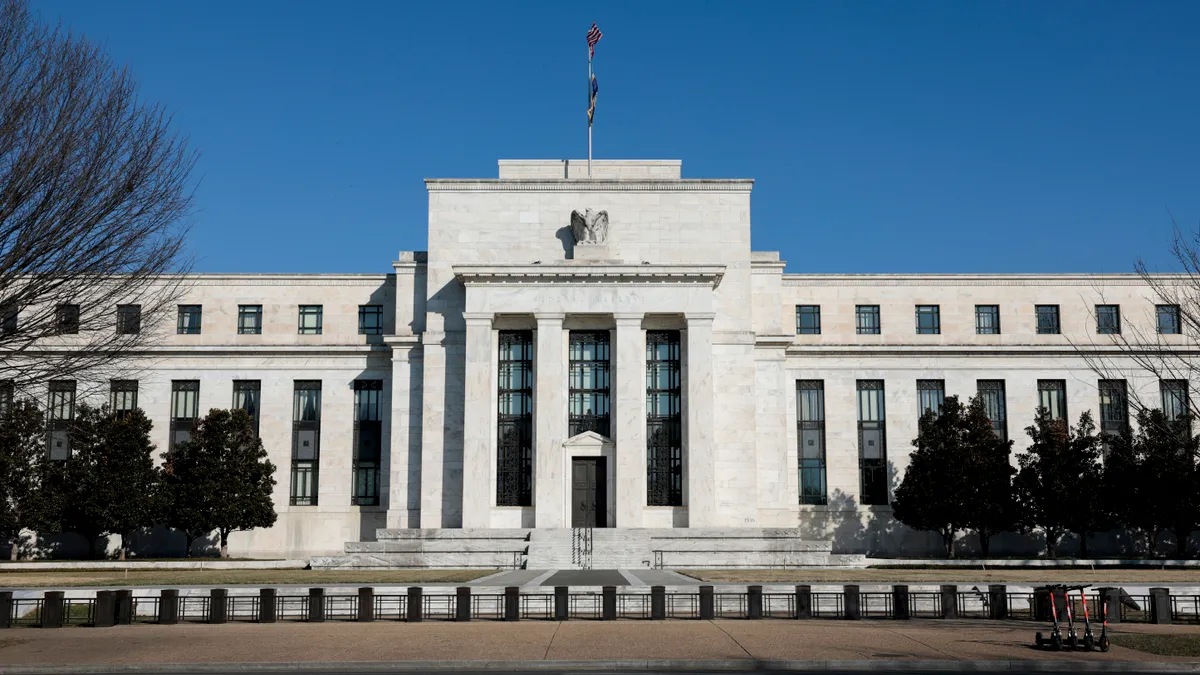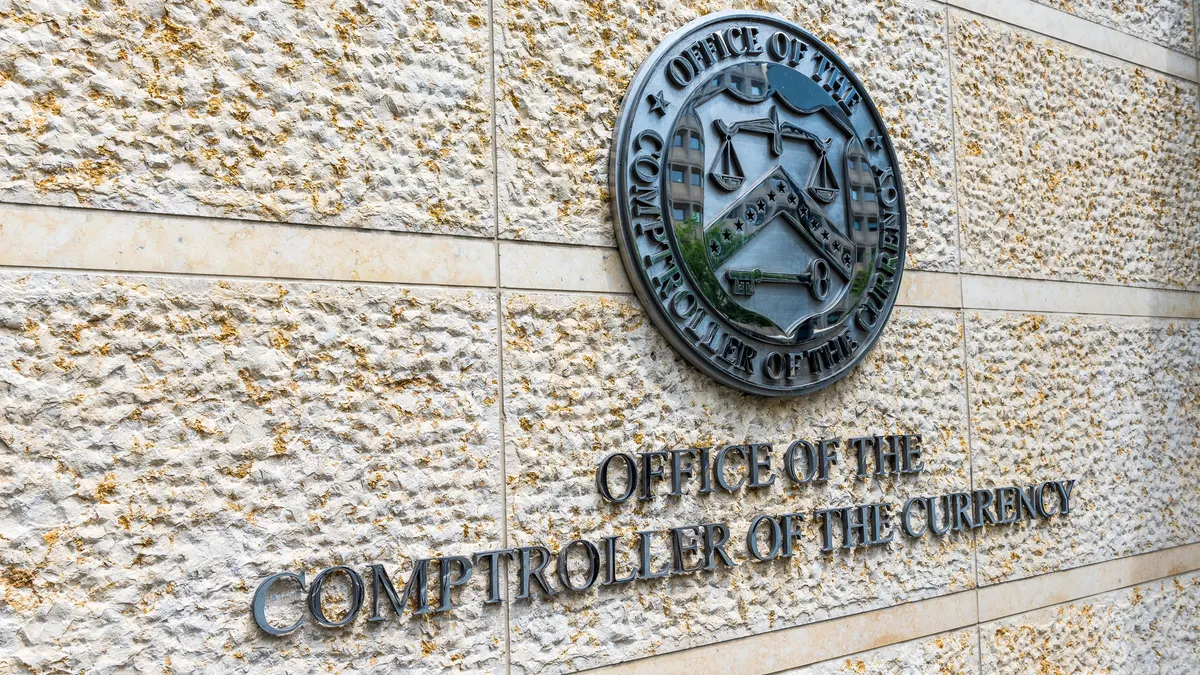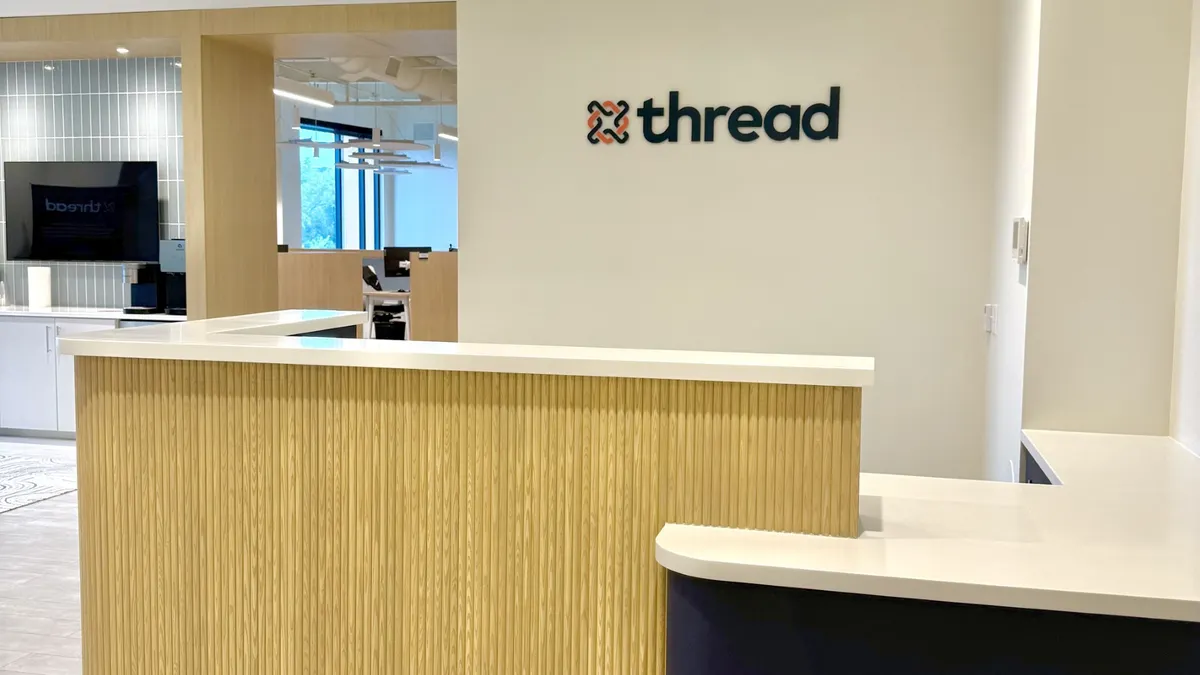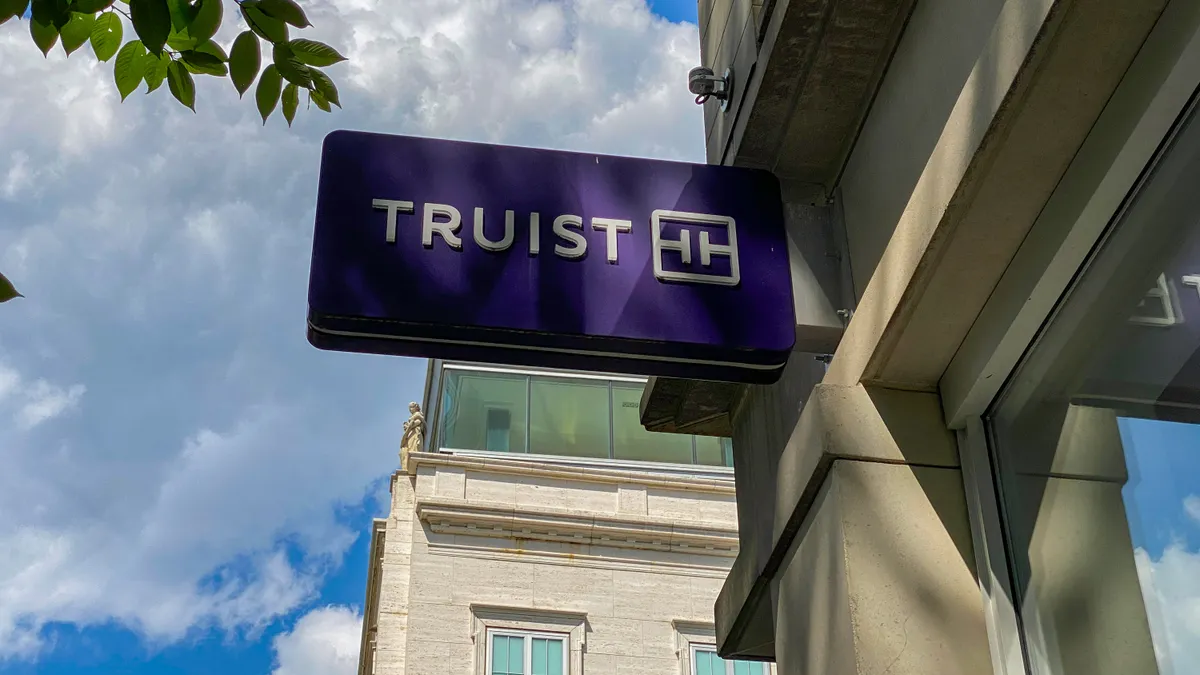The U.S.’s eight global systemically important banks would see a roughly 19% increase in the amount of capital they’d have to hold under rules proposed Thursday by the Federal Reserve, Federal Deposit Insurance Corp. and Office of the Comptroller of the Currency.
By comparison, banks with between $250 billion and $1 trillion in assets face about a 10% uptick, while banks with $100 billion to $250 billion would see a 5% jump in the holdings.
Under the plan, banks with more than $100 billion in assets — a group that includes 36 institutions — would have to account for unrealized gains and losses on available-for-sale securities and adhere to a stricter leverage requirement.
That requirement would be new for the $100 billion-to-$250 billion crowd, which has seen relaxed rules since 2019. But supporters of the change assert it would have forced Silicon Valley Bank, for example, to earlier face its ballooning losses as interest rates climbed and holding values fell.
The proposed rules also alter the way banks calculate risk-weighted assets. Regulators want banks to use two different methodologies to obtain the figure: the standard methodology currently used in the U.S., which considers general credit and market risk; and a separate methodology that takes into account operational risk and credit valuation adjustment. Banks, when figuring their capital ratios would have to use whichever methodology calculated a higher level of risk-weighted assets.
Banks that rely heavily on certain types of fee income, such as from wealth management, also would face heightened requirements, regulates said. Under the proposal, that activity would be considered operational risk, which takes into account the potential for losses from flawed internal processes or external threats.
Regulators said they would take public comment until Nov. 30, with the aim of issuing a final rule next year and phasing it in gradually between July 2025 and June 2028.
In a statement Thursday, the OCC’s acting chief, Michael Hsu, compared capital requirements to building codes.
“They are foundational and establish rules so that the public can rest assured that banks, like buildings, are safe and resilient to stress,” Hsu said. “Just as the public expects building codes to be robust and not to ‘cut things close,’ especially for large structures, the bank capital requirements need to be robust and not ‘penny wise, pound foolish,’ especially for large banks.”
The 1,089-page proposal would bring U.S. rules in line with Basel III, “gold plating” the 2017 agreement forged by financial regulators worldwide, FDIC Vice Chairman Travis Hill said in a statement Thursday.
Agency officials have said most banks already hold enough capital to meet the new requirements, and those that don’t could catch up within two years.
Some banks — but especially the largest — have warned the tightened rules may force them to cut some services or increase fees. Others may temporarily hold off on share buybacks.
Thursday’s proposal also would measure the G-SIB surcharge in increments of 10 basis points rather than 50.
Another aspect of the plan facing pushback is a proposed boost to the capital banks must hold against home loans. Critics assert the proposed changes may push some residential mortgage lenders to tighten their standards or reduce their portfolios. But many banks have already taken such measures as climbing interest rates have caused the borrowing market to dwindle.
The proposed rules come little more than two weeks after Michael Barr, the Fed’s vice chair for supervision, previewed some of his recommendations in a speech.
“The beauty of capital is that it doesn’t care about the source of the loss,” he said this month at Washington’s Bipartisan Policy Center. Whatever the vulnerability or the shock, capital is able to help absorb the resulting loss and, if sufficient, allow the bank to keep serving its critical role in the economy.”
Jonathan McKernan, who serves on the FDIC’s board of directors, furthered that message in a statement Thursday.
“Capital is skin in the game. With more capital, shareholders are more likely to bear the consequences of their bank’s decisions,” he said. “That is basic fairness. That also mitigates moral hazard and fosters market discipline over excessive risk-taking.”
American Express stands to be among the institutions presumed to see a steeper uptick in capital holdings because the company sees a healthy share of income from swipe fees.
Nonetheless, the card network’s CFO, Jeffrey Campbell, said last week he doesn’t expect Thursday’s proposed rules to move the needle internally.
“The devil is in the details here,” Campbell told The Wall Street Journal. “But I think my overarching message is we don’t see it as a material event for this company.”





















